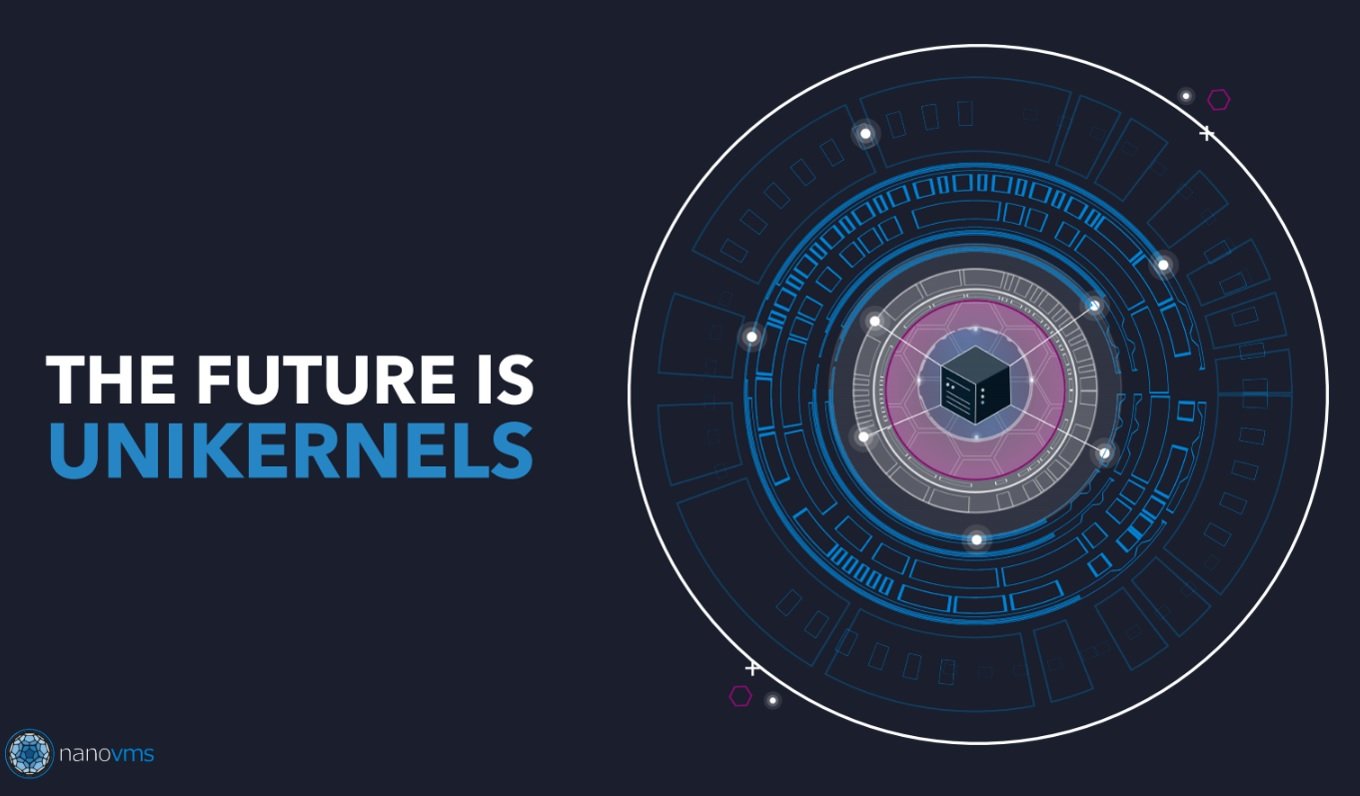
How to build and Run Unikernels in 3 Easy Steps
When looking for the next best thing in cloud infrastructure, you may be deciding between containers and VMs. However, it would be a crime to ignore the latest and greatest technology that combines the best of both methods into one, small, dynamic, and fast option.
So, why should you take a chance on this new product when there are viable options already on the market?
These lightweight operating systems can run a single application, requiring less power, taking up less space, and taking a shorter time. By combining a source code with specific operating system necessities to support the application, this technology creates a machine image that eliminates the need for a host operating system.
Translating all of the operating system needs into one image provides a portable system with smaller attack surfaces for hackers and faster boot times.
Now that you’re sold on the innovative product, let’s see how you can build and run them.
How to build and run unikernels
Building and running unikernels can be a challenging and time-consuming undertaking – if you don’t know where to start. Fortunately, there are applications that can help you with this process.
Use UniK to build unikernels
UniK is a tool that lets you combine application sources into unikernels. By running and combining images into various cloud providers, it uses a command line that makes building and running unikernels easy and fast.
If you have built containers before, you can build unikernels using the same theory.
UniK can be controlled through the REST API to create easy integration between this server and other tools that can be helpful in the building process. There are different integration types available: docker integration, Kubernetes integration, and Cloud Foundry integration. Users can choose from which integration works for their desired services.
Use NanoVM OPS
NanoVM is a unikernel tool that helps you create and run unikernels by utilizing enterprise software. Some benefits of using this program include:
- Developers need no prior experience
- You can run unikernels using just a laptop
- No accounts need to be created
Use OPS
OPS allows any user to build and run unikernels on their own laptop, cloud server, or desktop computer. Fortunately for beginners, users do not need any experience with cloud services or coding. OPS is easy to use, does not require any signup, and is easy to follow.
You can begin building unikernels in the OPS program by downloading the OPS tool on Mac or Linux.
Conclusion
Although building and running unikernels may seem complex at first, you can do it with ease once you have the proper application and software. Choose which application works for your needs and get started! Building unikernels helps you run applications without worrying about security breaches, as you might with Containers or VMs.
In addition, unikernels are dynamic, portable, and very fast to boot, proving to be the newest and greatest thing in the cloud infrastructure world today. Learning how to build and run unikernels can help your business’ productivity, efficiency, and security.





